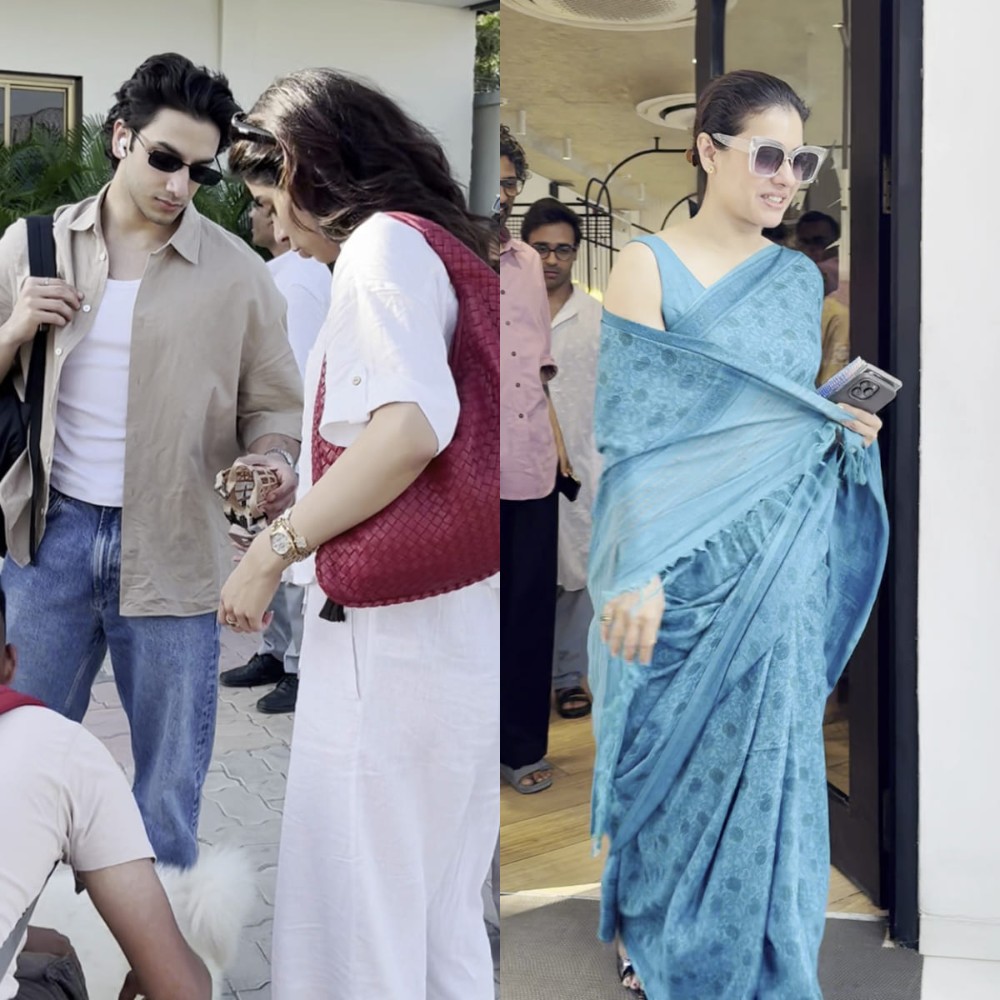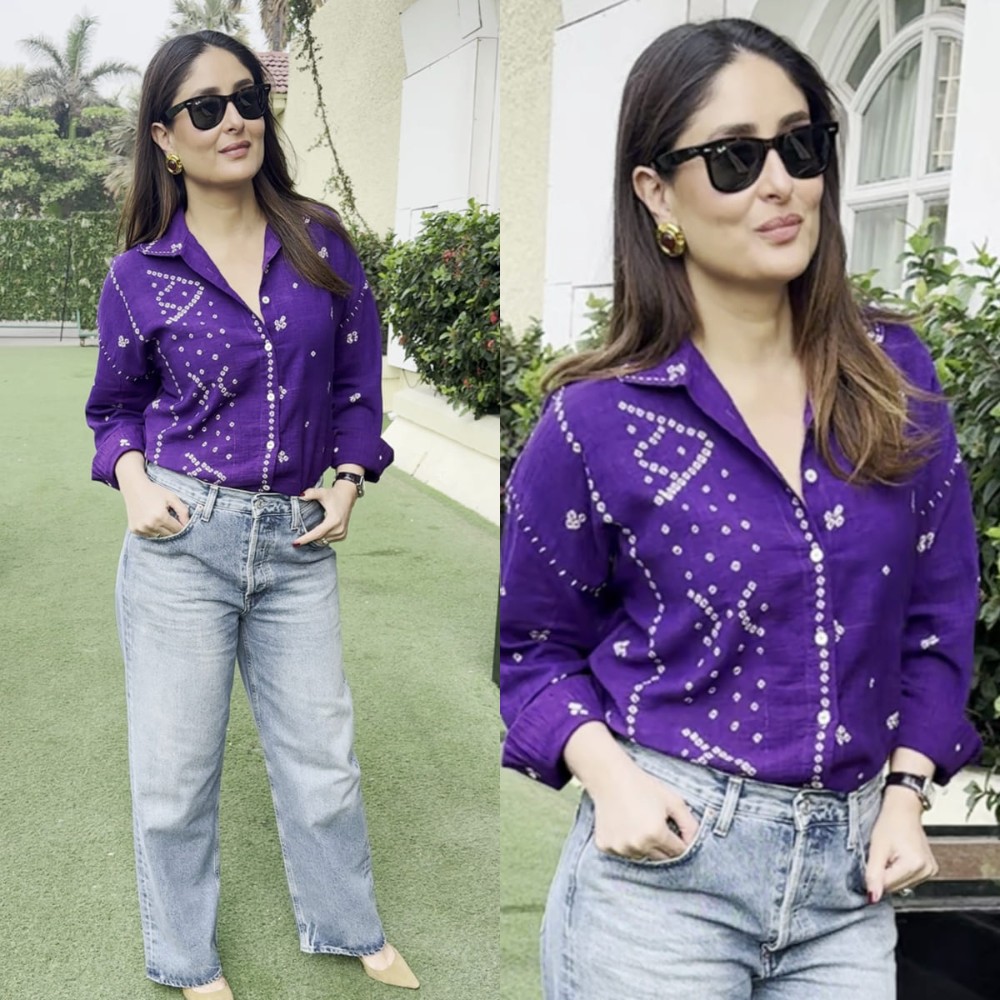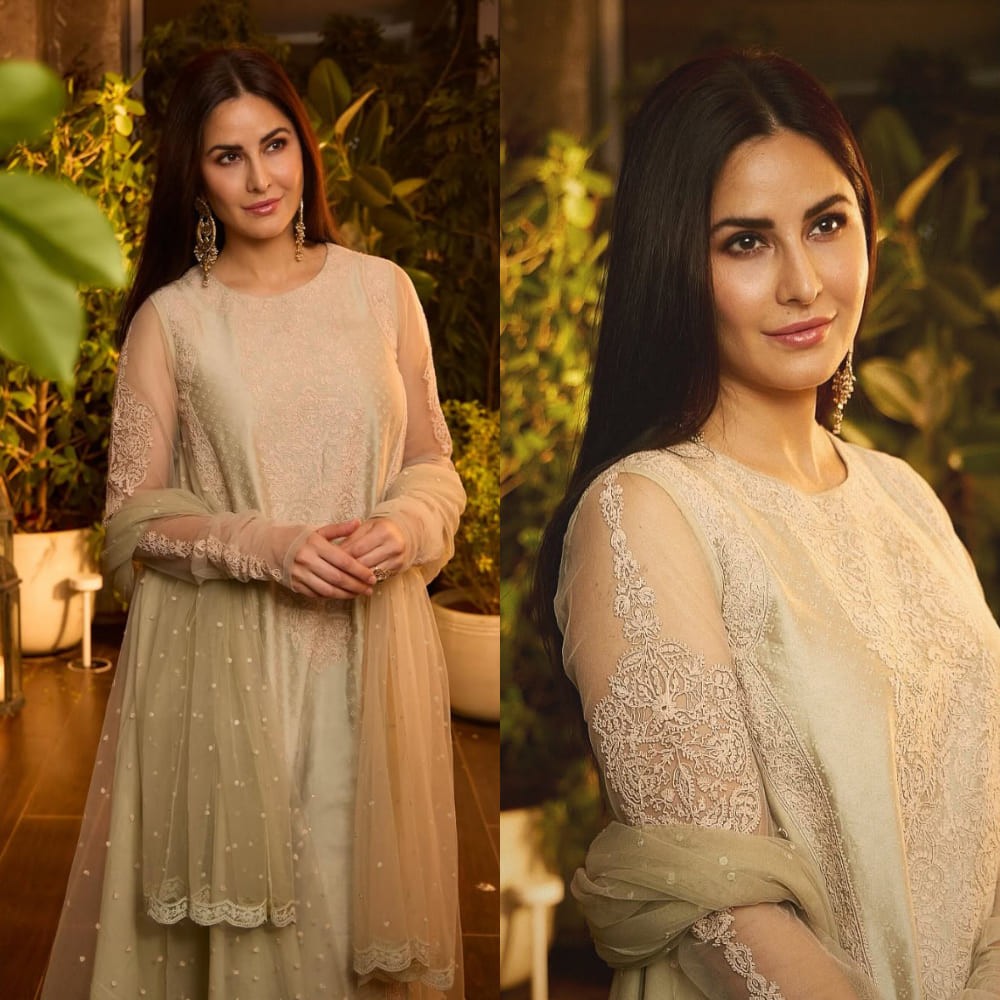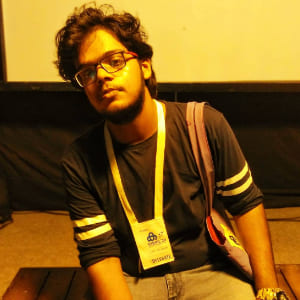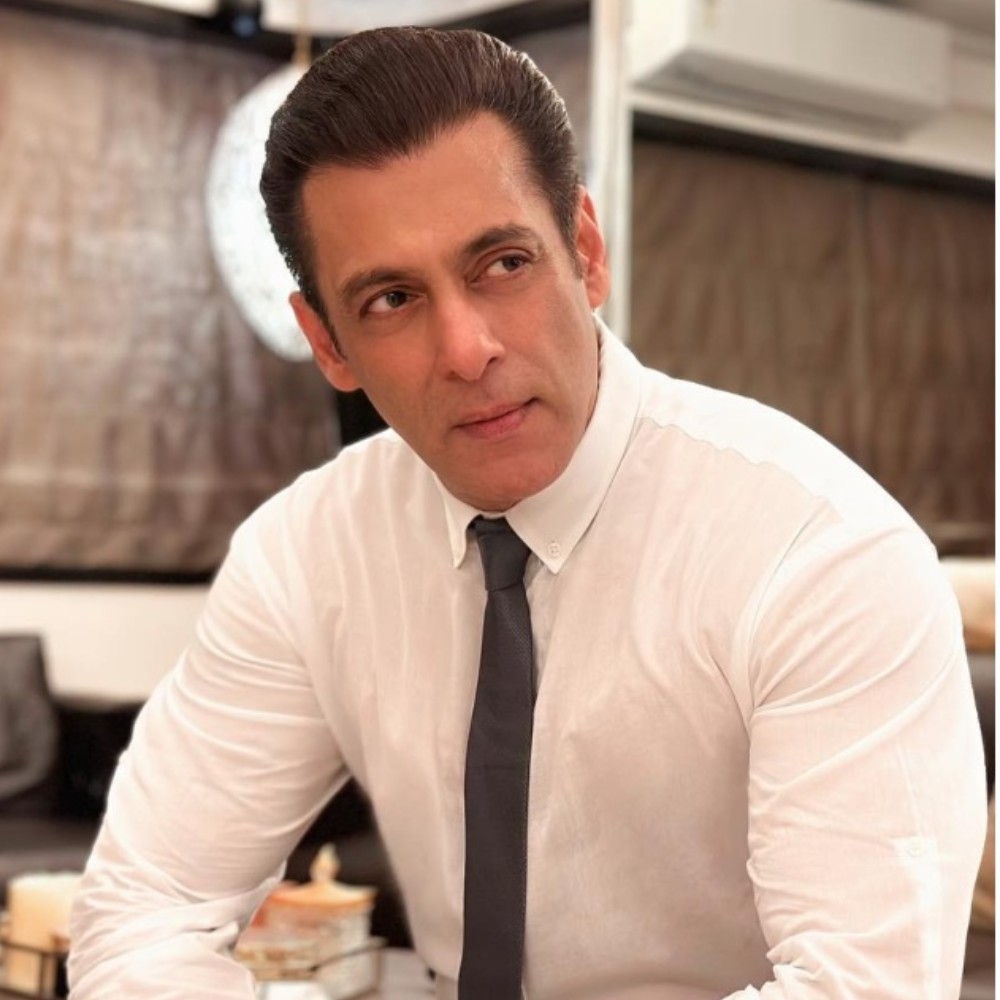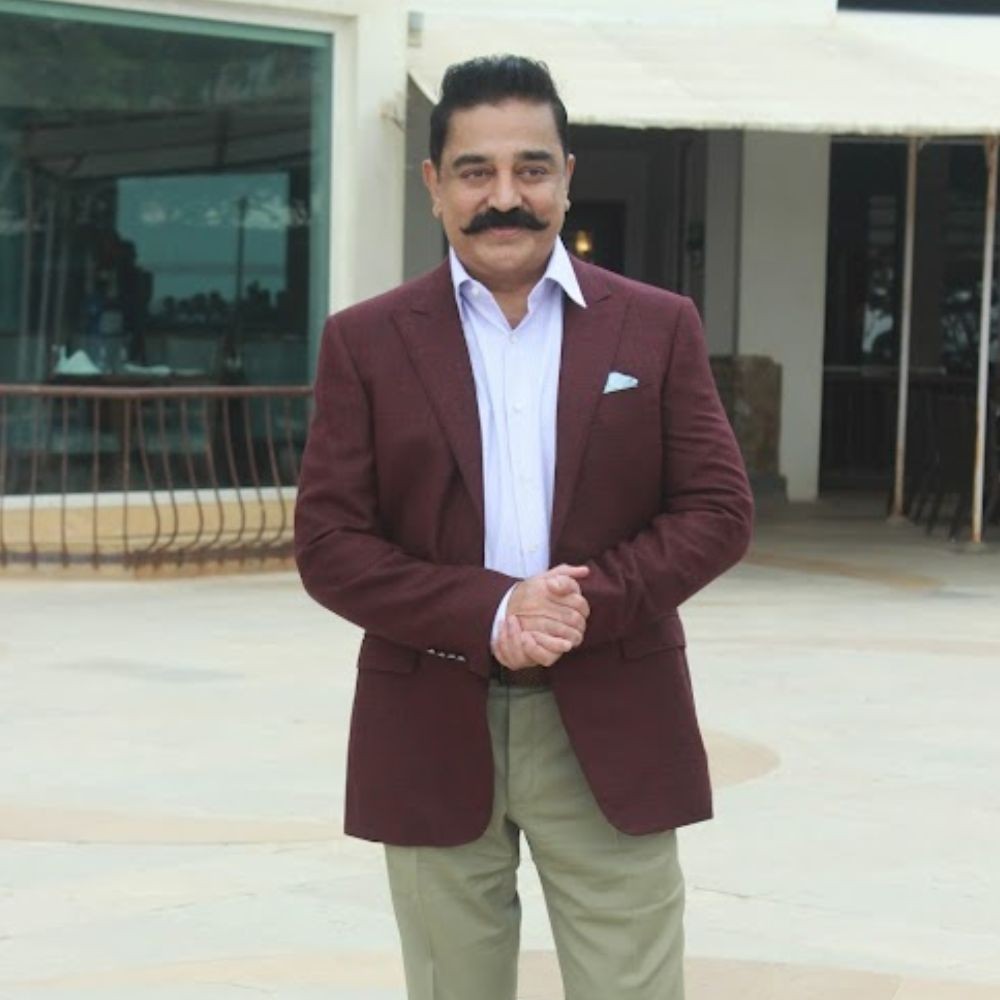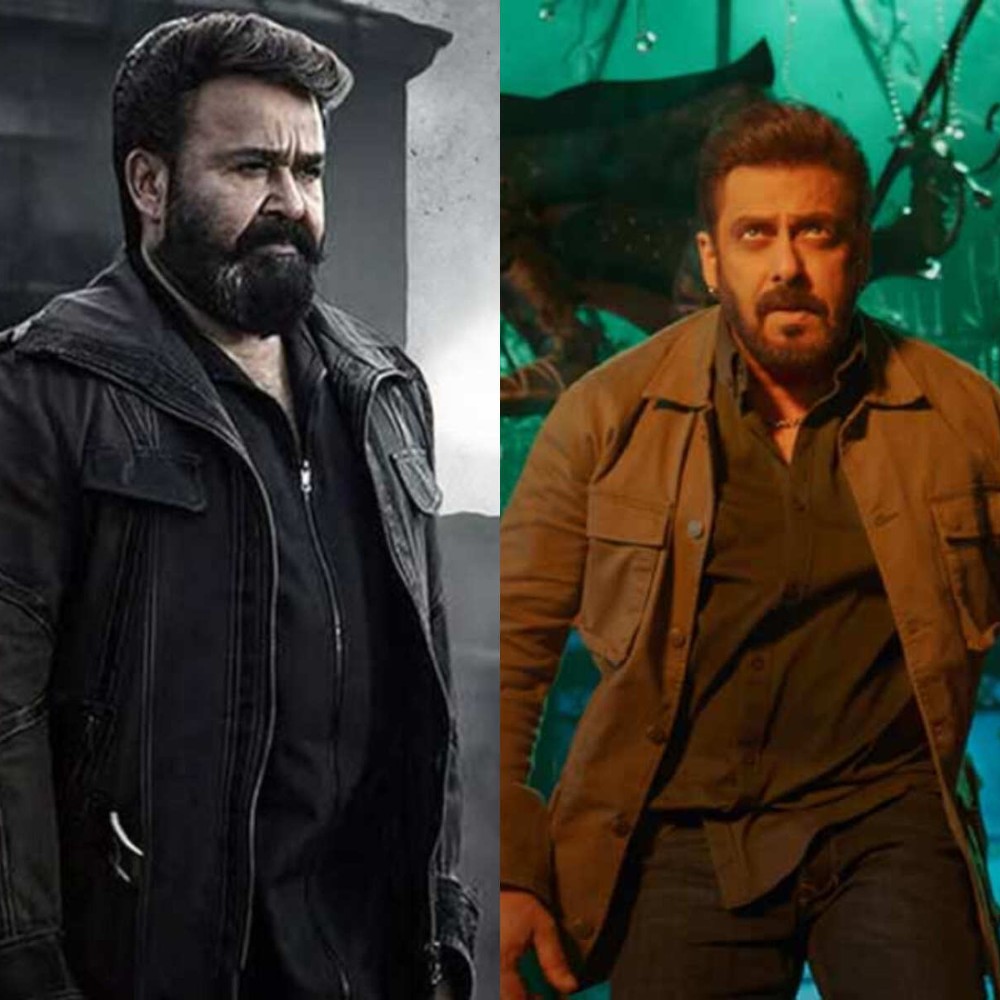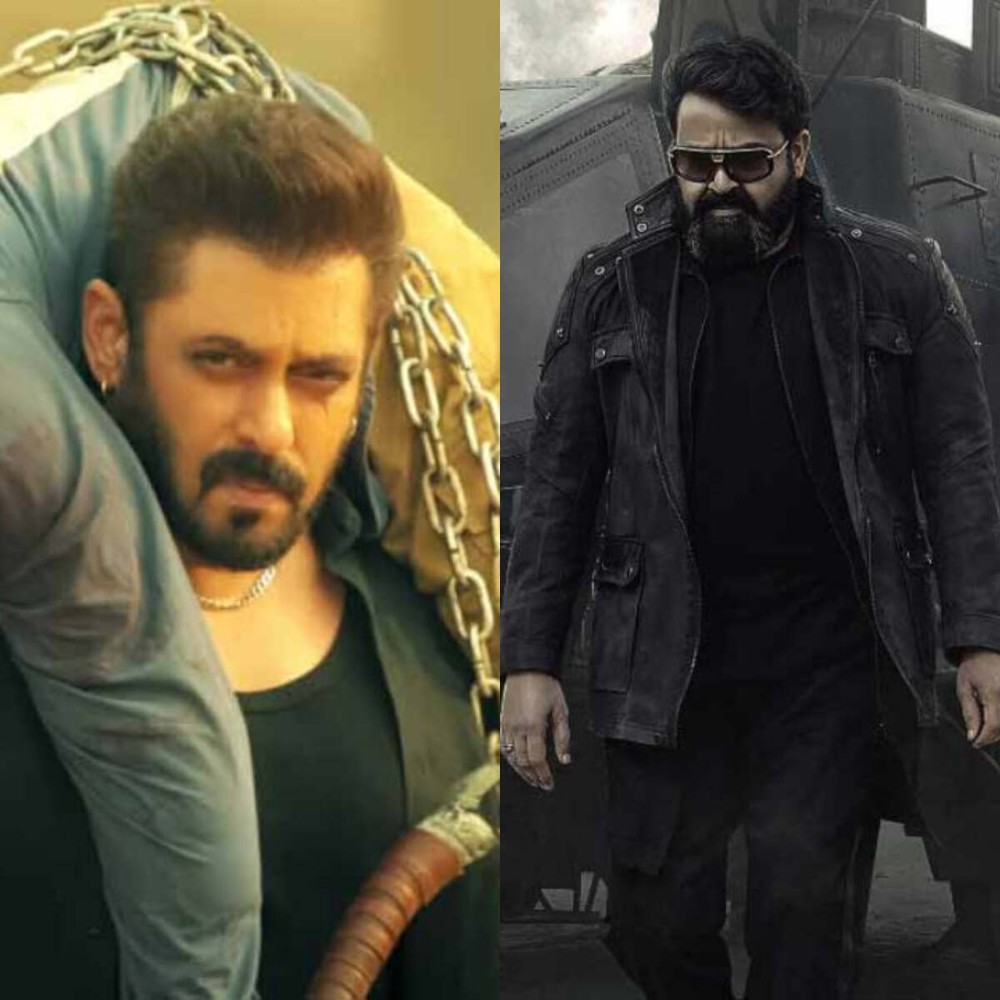OPINION: Has South cinema really evolved in terms of presenting villains over the decades?
The South cinema industry has undergone significant changes over the years, particularly in how villains are portrayed. Let’s explore this evolution!
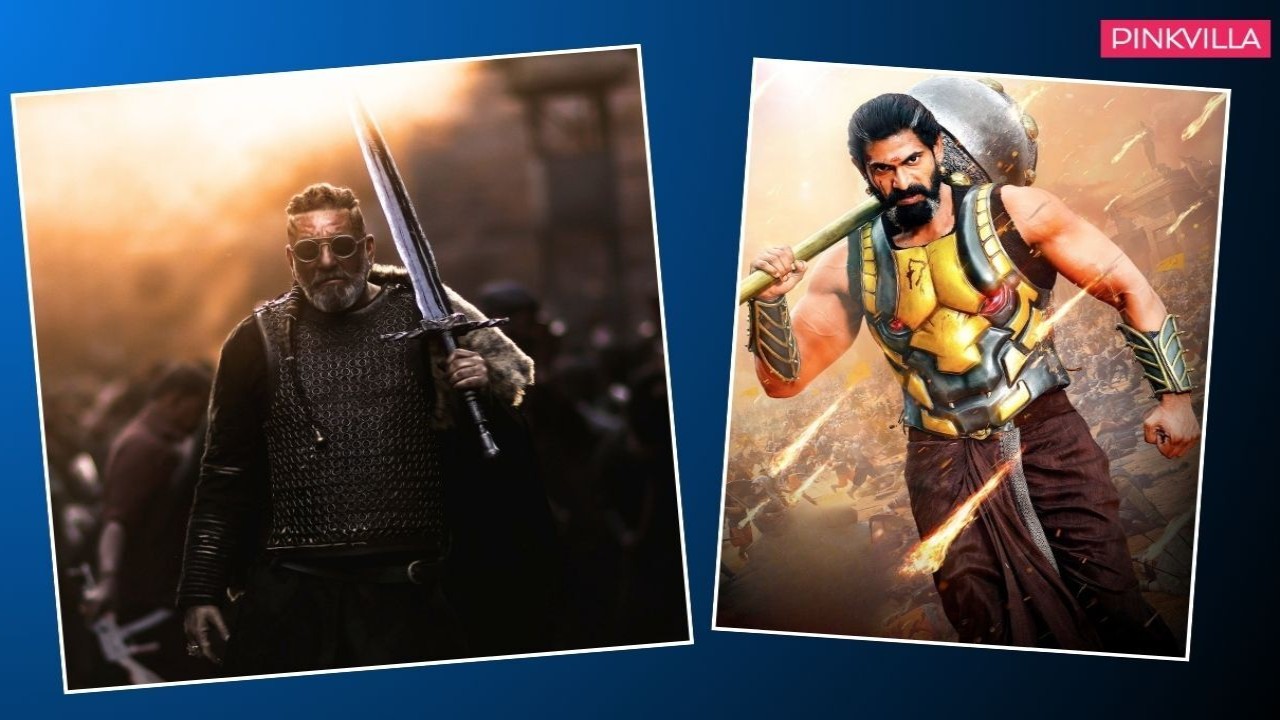
South Cinema has been nothing short of entertaining over the years. Since its inception, most films from the South have featured villains who strike fear in the hearts of viewers, delivering memorable performances.
While the early days of cinema presented stereotypical villains whom heroes had to fight, South Indian cinema has revolutionized the concept of antagonists.
Today, villains in South cinema hold great prominence for viewers—so much so that you may even find yourself rooting for the villain rather than the hero. As the line between hero and villain has blurred over the years, let’s take a quick look at how villains have evolved in South cinema.
South cinema villains in the initial years
The South Indian cinema industry has developed over the years, becoming a surefire source of entertainment for audiences. However, in earlier times, villains were mostly one-dimensional in terms of characterization.
As portrayed brilliantly in Karthik Subbaraj’s Jigarthanda DoubleX, actors who were mostly recruited to play villain roles were often dark-skinned. At a time when such notions prevailed, movies predominantly showcased a single type of villain.
Cinema typically presented villains as horrid, immoral, and grotesque in appearance. What reinforced this stereotypical understanding of villains was the lackluster writing that accompanied their roles.
In the early days of South cinema, actors like M. N. Nambiar, Balan K. Nair, Jose Prakash, and many more were epitome examples of antagonists. Being brilliant actors at their craft, they were part of the first wave of villains who broke stereotypes and were as good-looking as the heroes themselves.
Straying away from the stereotypical grotesque appearance, the characters they portrayed were far more interesting and path-breaking.
Tracing back to the late 1970s and early 1980s, cinema witnessed a string of actors playing both heroes and villains. Veteran superstars like Rajinikanth, Kamal Haasan, and Mohanlal have portrayed antagonist roles on multiple occasions. Interestingly, the Lucifer actor even began his journey in Malayalam cinema with a villain role.
Despite the emergence of a new generation of villainous characters, such performances redefined how antagonists are just as important as the main heroes. Even then, there was always a clear line between hero and villain—a black-and-white contrast that limited the scope of what an antagonist could be.
Contemporary villains in South cinema
South cinema, like other film industries worldwide, has evolved and improved with each venture. As films have become more creative, cinema has managed to blur the lines between heroes and villains.
As the characterization and writing in films have improved, villains have become more memorable to viewers. From the 1990s to the 2000s, even mainstream heroes began taking up negative roles, embracing the challenge as actors.
In Tamil cinema, one can easily recall the iconic performances by Ajith Kumar in films like Vaali and Mankatha. Despite being a superstar of great stature, he ventured into playing negative characters that were thoroughly entertaining.
Beyond these examples, actors and stories in Malayalam, Kannada, and Telugu cinema have all delivered films rich in detail, class, and style. In recent years, KGF: Chapter 2 and the Baahubali series presented memorable villains played by Sanjay Dutt and Rana Daggubati, respectively.
Ironically, these villainous characters and their evolution reflect how cinema itself has changed. Today’s villains are so menacing that audiences genuinely fear the havoc they might unleash—no longer are they unintentionally funny or caricatured.
As the craft of filmmaking and writing continues to evolve, cinema is set to witness even more innovation through new talents and compelling stories.
ALSO READ: BUZZ: Is Salman Khan set to collaborate with director Harish Shankar after Sikandar?





 JOIN OUR WHATSAPP CHANNEL
JOIN OUR WHATSAPP CHANNEL

















